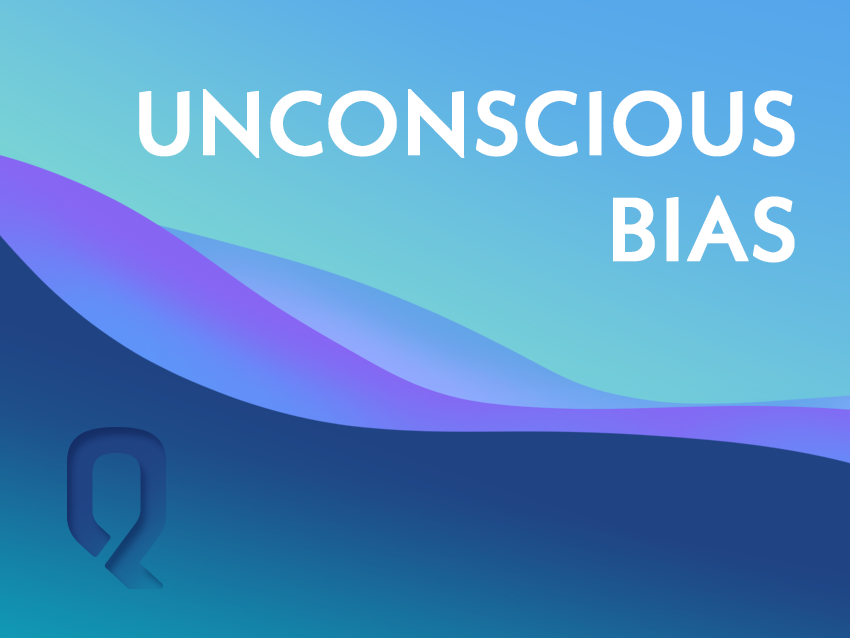
What is unconscious bias?
At Quickspin, we’re passionate about creating a strong, friendly, and sustainable workforce. We believe that Diversity & Inclusion is the first step to achieve this, which goes hand in hand with unconscious bias.
It’s important to understand bias if you want to create a diverse and inclusive workforce, so we’ve created a series of blog posts on this topic. In this first part, we’ll discuss what unconscious bias is.
What unconscious bias is and where it comes from
We’re biologically hardwired to quickly process information from the world around us. It’s meant to protect us by filtering out if something is good or bad for us, to help us make good decisions for our survival.
But when our brains are exposed to misinformation and stereotypes in our conscious state, this can negatively affect our attitudes towards individuals in our subconscious state.
We all have thoughts and preconceived ideas about people and things, which influence how we view the world and the decisions we make. We all have biases. These develop throughout our lives, and are shaped by our upbringing, our experiences, and our exposure to stereotypes. Our brains create a prejudice that affects our decision making.
Every day, we are inundated with stereotypes in films and tv series, social media, advertising, books, magazines, and more. Stereotypes are everywhere and they influence how we perceive the world – what we believe a person is capable or not capable of based on certain characteristics.
Unconscious bias in the workplace
The sneaky thing about unconscious bias is that it’s just what it says on the tin: it takes place in the subconscious. So we’re not even aware of these biases, but they have a huge influence on our beliefs and our behaviour.
So for instance, even though we might consciously believe that sexism or racism is wrong, we can still have an unconscious bias against women or people of colour.
In the workplace, our biases affect our recruitment process, the way we interact with our employees or colleagues, and how we make any business decision. And if not dealt with, they can have a negative impact on the company culture and group dynamics.
So, how can you address unconscious biases if you’re not even aware of them?
Luckily, there are ways of dealing with it. Simply by educating yourself about biases and having an understanding about the various types that exist, you can raise awareness in yourself, your peers, and your workplace.
By being aware of your biases and where they come from, you can work proactively to avoid them and reduce their impact.
In the next part of this series, we’ll discuss why it’s important to be aware of unconscious bias and the impact it can have on your business.